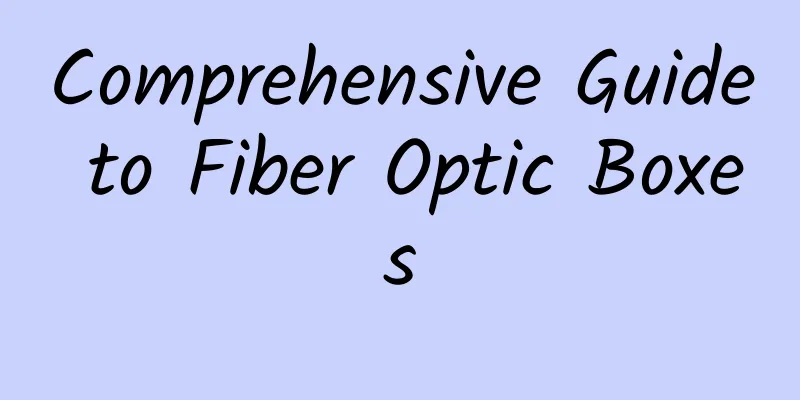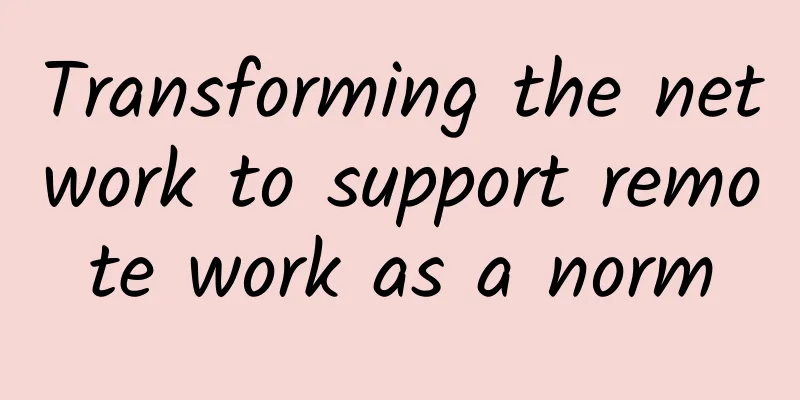Comprehensive Guide to Fiber Optic Boxes

|
Fiber cassettes are an essential part of a fiber optic network, providing a convenient and organized way to manage and access multiple fiber optic cables. In this article, we will explore what fiber optic cassettes are, the different types of fiber optic cassettes, and the importance of fiber optic cassettes. What is a fiber optic boxA fiber optic cassette is a network device used for effective cable management. It is usually modular and can be easily installed and removed, providing splicing solutions and integrated jumpers in a compact package. With this feature, the fiber optic cassette can simplify network installation and improve cable management, saving time and reducing the risk of interference with other fiber jumpers in the network cabinet, which makes it an ideal choice for data center deployment and other telecommunications applications. Fiber optic boxes come in a variety of sizes and configurations, depending on the number of fibers they need to house. Some boxes are designed to hold only a few fibers, while others can accommodate dozens or even hundreds of fibers. Different Types of Fiber Optic BoxesIn fact, the types of fiber optic boxes may vary according to different standards. The following are some factors that enterprises should consider when choosing the right fiber optic box for their network infrastructure. applicationFiber cassettes can be divided into flip-top, sliding, and rotating fiber cassettes. The flip-top fiber cassette is the earliest fiber cassette and is quite cheap, but inconvenient to use. Compared with the flip-top fiber cassette, the sliding and rotating fiber cassettes are more expensive because they are easier to install and maintain cables. IT professionals do not need to remove the cassette from the rack to handle the cables, they only need to pull or unscrew the cassette tray. Front PanelAccording to the design of the front panel, the fiber optic box can be divided into two types: front panel fixed fiber optic box and front panel non-fixed fiber optic box. Usually, the front panel fixed fiber optic box is a standard 19-inch width with a fixed number of fiber optic adapters on it, which can be directly installed on a standard EIA 19-inch rack. For the front panel, the fiber optic box is not fixed, and 3 or even 5 detachable fiber optic boxes can be deployed into the fiber optic box. In addition, it is generally used for high-density wiring and flexible cable management. Fiber Optic TerminalAccording to the two different fiber termination methods, pigtail fusion and pre-termination, fiber optic boxes are divided into pigtail fusion fiber optic boxes and pre-termination fiber optic boxes. There is a fiber fusion tray inside the pigtail fusion fiber optic box, which is mainly used for the management and placement of fusion-spliced optical fibers at the work site. The pre-termination fiber optic box only has a spool inside to manage the optical cable, which simplifies the steps of on-site fiber termination and greatly saves installation time and labor costs. Importance of Fiber Optic BoxFiber optic boxes are an essential component in fiber optic networks and play an important role in securing and organizing fiber optic cables. Protection and Organization of Fiber Optic Cables: Fiber optic boxes provide a protective housing for fragile fiber optic cables, keeping them well organized. It prevents fiber optic cables from getting tangled or damaged, thus ensuring uninterrupted transmission of data. Easy to install: The fiber optic box is easy to install and is available in a variety of sizes to accommodate different fiber counts. It can be inserted into a panel or rack-mounted without the need for specialized installation tools. Flexibility: Fiber cassettes are usually available with different types of LC, SC or MTP/MPO connectors, allowing the use of multiple different connection types in the same cassette. This flexibility makes it possible to upgrade the network using existing infrastructure cabling, saving significant costs. Cost-effective: The fiber optic box adopts a compact modular design and can be easily replaced or upgraded as needed without replacing the entire network infrastructure, thereby reducing material and installation costs. This makes the fiber optic box an ideal choice for enterprises that need to control costs while maintaining a high level of network performance. SummarizeDifferent types of fiber optic cassettes are an essential part of fiber optic cabling, providing a modular and organized way to manage multiple optical fibers. They offer a variety of benefits, including improved fiber protection, flexible network design, reduced downtime, and cost-effectiveness. As a result, fiber optic cassettes have become an essential tool for data centers, telecommunications, and other organizations that need to handle large quantities of optical cables. |
<<: Security and Reliability of Critical Infrastructure Fiber Optic Networks
>>: Akamai Launches Prolexic Network Cloud Firewall
Recommend
Diagram: 5G millimeter wave peak rate calculation
[[390044]] This article is reprinted from the WeC...
An article to introduce you to network protocols
Author | Cai Zhuliang 1. Directory Network Protoc...
HostKvm Hong Kong B Zone 40% off, $5.1/month KVM-2G memory/40G hard disk/1Gbps bandwidth
HostKvm is a Hong Kong VPS provider founded in 20...
RAKsmart: Dedicated servers starting at $46/month, E5+32G bare metal cloud starting at $69/month
RAKsmart is a foreign hosting company operated by...
HostSlick: AMD Ryzen/EPYC+NVMe series Netherlands VPS starts at 19.99 euros per year
HostSlick recently released some special packages...
V5.NET: Korea/Hong Kong dedicated server 30% off monthly payment starting from 325 yuan
V5.NET is a business that provides independent se...
Driving innovation and unleashing the unlimited potential of fiber optic LAN
It’s no secret that there are hard limits associa...
Let’s talk about the brief history of world communications
This article is reprinted from the WeChat public ...
my country has entered the ranks of innovative countries, with remarkable achievements in 5G, artificial intelligence, and autonomous driving
The world trend is surging forward. If we stop th...
Will the 6G market size exceed $1 billion in 2028? What are its typical features and potential applications?
Industry experts point out that 6G will achieve s...
Huawei Telnet and Stelnet login methods that make people dizzy
I am Zhao Jiexu, a lecturer at 51CTO Academy. On ...
A world first! Traffic lights are used as 5G base stations: Japan has come up with a wave of cool operations
The small signal coverage range of 5G base statio...
NIO implements chat room: everything starts with the basics of network programming!
1. Write at the beginning Hello everyone, I'm...
Sichuan Provincial Government Cloud is officially launched, and the government affairs of our province have entered the "cloud era" of data sharing and fine governance
[[189512]] Provincial government advisor Zhang Zu...
Don’t worry about traveling during the May Day holiday, use the portable WiFi to relieve your worries
The May Day holiday is coming. I believe many fri...









